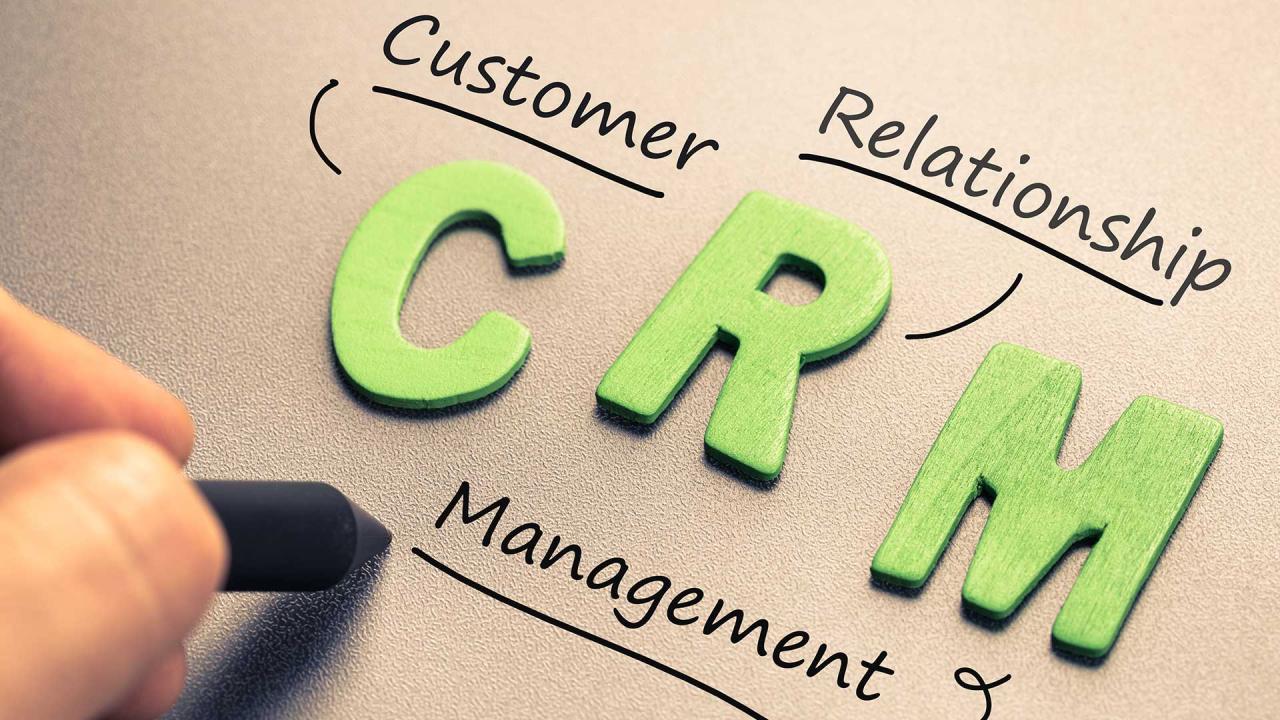Best CRM for agency selection is crucial for efficiency and growth. Finding the right Customer Relationship Management system significantly impacts an agency’s ability to manage clients, projects, and resources effectively. This guide explores key features, compares leading platforms like HubSpot, Salesforce, and Zoho, and offers insights into successful implementation strategies. We’ll examine how the right CRM can enhance client communication, streamline workflows, and ultimately drive revenue.
The ideal CRM for an agency isn’t a one-size-fits-all solution; it depends heavily on the agency’s size, specialization (marketing, advertising, creative, etc.), and specific business needs. We’ll delve into the nuances of various pricing models, essential features like contact management and project tracking, and the importance of seamless integration with other business tools. Ultimately, choosing the best CRM involves careful consideration of your agency’s unique requirements and long-term goals.
Defining “Best” CRM for Agencies
Choosing the “best” CRM for an agency isn’t about finding a single perfect solution, but rather identifying the system that best aligns with the agency’s specific needs and goals. Different agencies have vastly different requirements, making a one-size-fits-all approach ineffective. The ideal CRM will streamline workflows, improve client communication, and ultimately boost the agency’s bottom line.
Key Features Agencies Prioritize in a CRM
Agencies prioritize features that enhance efficiency and client relationship management. These typically include robust contact management, project management tools, reporting and analytics dashboards for performance tracking, and seamless integration with other essential business tools. The ability to automate repetitive tasks, such as email marketing and proposal generation, is also highly valued, freeing up agency staff to focus on higher-value activities.
Strong task management and workflow automation are key to keeping projects on track and deadlines met. A user-friendly interface is also paramount, ensuring easy adoption and minimal training time for staff.
Comparison of Needs Across Different Agency Types
Marketing agencies, for instance, often prioritize features that support email marketing campaigns, social media management, and lead nurturing. Advertising agencies might place greater emphasis on campaign management tools and reporting features that track ad performance across various channels. Creative agencies, on the other hand, may prioritize project management capabilities to effectively manage creative assets and collaborate with clients and internal teams.
While all agencies benefit from client relationship management, the specific tools and features required will vary depending on their core services and target market. For example, a digital marketing agency would need strong analytics and reporting capabilities, while a traditional advertising agency may focus more on contact management and proposal generation.
Importance of Scalability and Integration Capabilities
Scalability is crucial for agencies experiencing rapid growth. A CRM should be able to handle an increasing number of clients, projects, and users without sacrificing performance. The system should be easily adaptable to accommodate changing business needs and evolving technology. Integration capabilities are equally vital, allowing the CRM to seamlessly connect with other software used by the agency, such as project management tools, accounting software, and marketing automation platforms.
This integration eliminates data silos and ensures a unified view of client interactions and project progress. For instance, a seamless integration with a project management tool would allow agencies to track project timelines, budgets, and tasks directly within the CRM, providing a holistic view of project status and client engagement.
Comparison of CRM Pricing Models
The cost of a CRM can significantly impact an agency’s budget. Understanding different pricing models is vital for informed decision-making. Below is a comparison of three common models:
| Pricing Model | Description | Pros | Cons |
|---|---|---|---|
| Tiered Pricing | Offers different packages with varying features and user limits. | Scalable, allows for budget control. | Can be confusing to choose the right tier, may require upgrading as needs change. |
| Per-User Pricing | Charges based on the number of users accessing the system. | Simple and transparent pricing. | Can become expensive as the agency grows. |
| Per-Feature Pricing | Charges for specific modules or features used. | Allows agencies to pay only for what they need. | Can be complex to calculate the total cost, potential for unexpected charges. |
Top CRM Features for Agencies
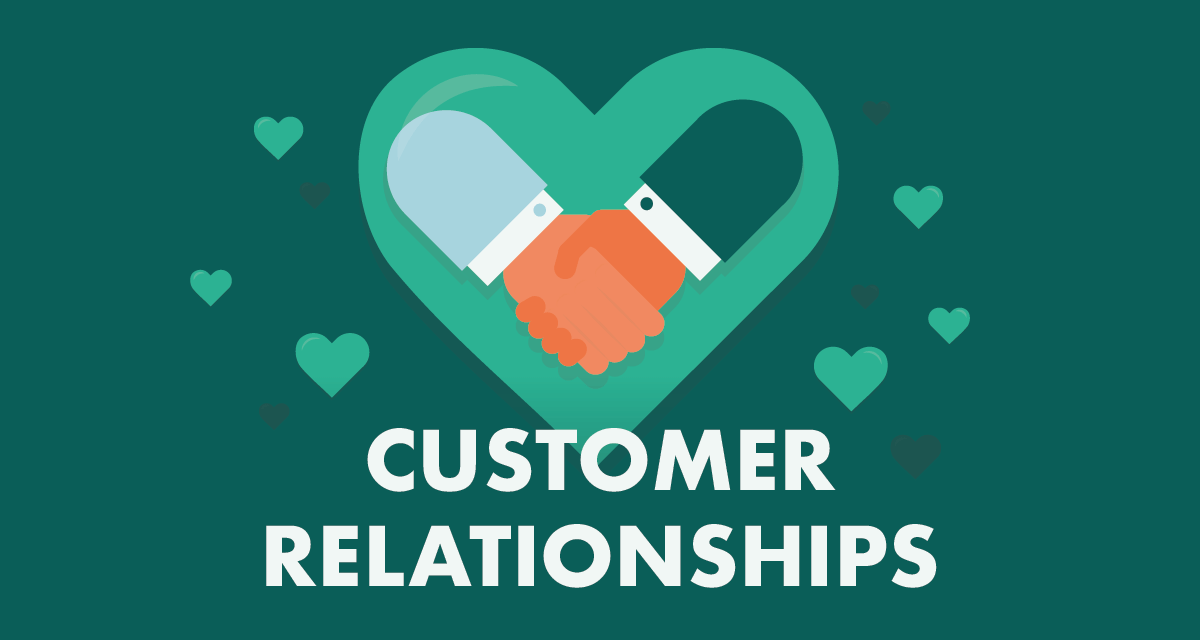
Choosing the right CRM is crucial for agency success. The best CRMs offer a suite of features designed to streamline workflows, improve client relationships, and ultimately boost profitability. This section details key features that elevate agency performance.
Contact Management
Effective contact management is the cornerstone of any successful agency. A robust agency CRM goes beyond simple contact lists; it provides a centralized hub for all client and prospect information. This includes contact details, communication history, project involvement, and even personal notes from team members. This centralized approach eliminates the chaos of scattered spreadsheets and email threads, ensuring everyone has access to the most up-to-date information.
The benefits extend to improved collaboration, reduced errors, and a more personalized client experience. For instance, a team member can quickly access a client’s past projects and communication history before a meeting, allowing for a more informed and engaging conversation. This detailed knowledge base contributes significantly to client retention and the development of stronger, more profitable relationships.
Project Management Functionalities
Agency CRMs often integrate powerful project management tools, moving beyond basic task lists. Effective project management features within a CRM include task assignment, deadline tracking, progress monitoring, and resource allocation. For example, a project manager can assign tasks to team members, set deadlines, and track progress in real-time, all within the CRM system. This transparency fosters accountability and allows for quick identification and resolution of potential bottlenecks.
Some advanced systems even allow for time tracking directly linked to specific projects and clients, facilitating accurate billing and project profitability analysis. This integrated approach eliminates the need for multiple disparate software applications, streamlining workflows and improving overall efficiency. Imagine a scenario where a team is working on multiple projects concurrently; the CRM’s project management tools provide a centralized view of all tasks, deadlines, and resources, preventing conflicts and ensuring timely project delivery.
Reporting and Analytics Tools
Data-driven decision-making is essential for agency growth. Essential reporting and analytics tools within a CRM provide valuable insights into agency performance. This includes reporting on client acquisition costs, project profitability, team performance, and overall revenue. For example, a sales team can analyze conversion rates from leads to clients, identifying areas for improvement in their sales process. Similarly, project managers can track project timelines and budgets, ensuring projects stay on track and within budget.
These analytics are not just for internal use; they can also be used to demonstrate value to clients, providing them with transparent reports on project progress and performance. This data-driven approach fosters trust and strengthens client relationships. Furthermore, identifying trends in client needs and project types allows for strategic planning and resource allocation, maximizing efficiency and profitability.
Improving Client Communication and Collaboration
- Centralized Communication: All communication—emails, calls, notes—is stored within the CRM, providing a complete history of interactions with each client. This ensures consistent messaging and prevents important information from being lost.
- Enhanced Collaboration: Team members can share notes, files, and updates within the CRM, facilitating seamless collaboration on client projects.
- Improved Response Times: Quick access to client information allows for faster responses to queries and requests, enhancing client satisfaction.
- Personalized Communication: CRM data provides insights into client preferences, allowing for more personalized communication and tailored service.
- Streamlined Workflow: Integrated communication tools minimize the need for multiple platforms, reducing delays and improving efficiency.
CRM Software Comparisons
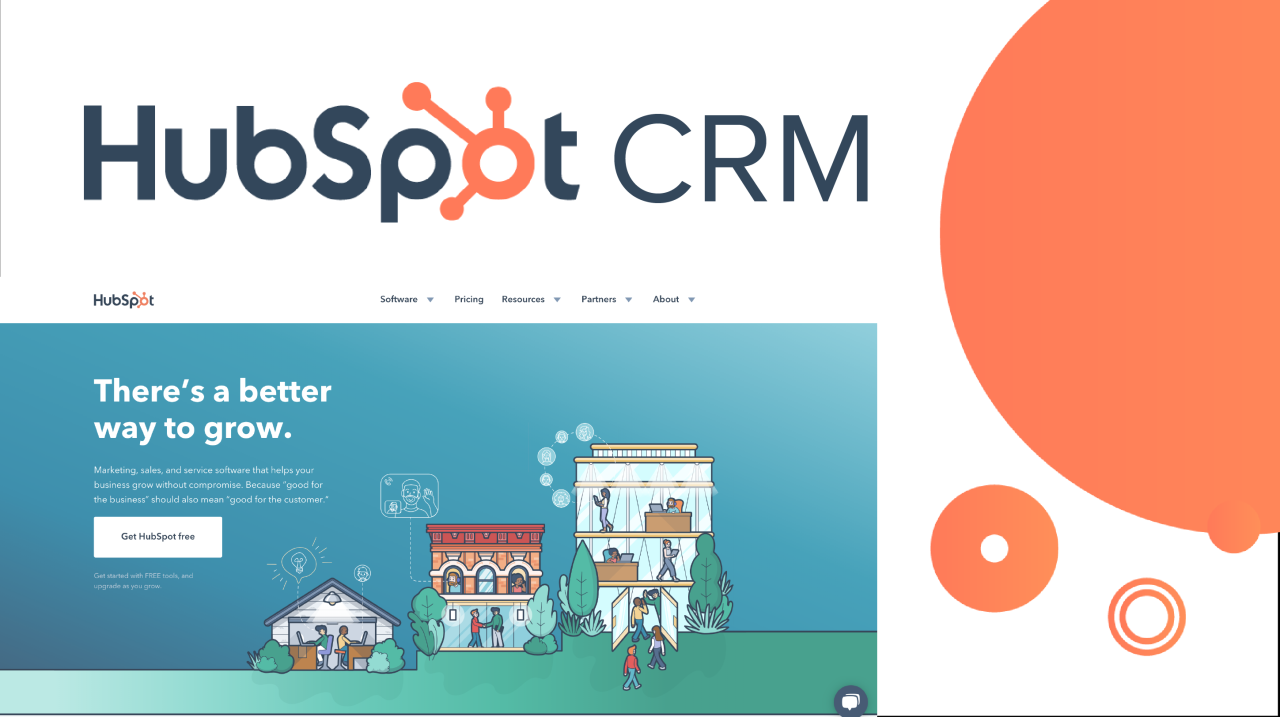
Choosing the right CRM can significantly impact an agency’s efficiency and growth. This section compares three popular options: HubSpot, Salesforce, and Zoho CRM, focusing on their user interfaces, contact management capabilities, integration potential, and pricing. Understanding these differences will help agencies select the platform best suited to their specific needs and budget.
User Interface Comparisons
Each platform offers a distinct user interface. HubSpot boasts a clean, intuitive design, generally considered user-friendly, even for those with limited CRM experience. Salesforce, while powerful, can present a steeper learning curve, with a more complex interface that requires more time to master. Zoho CRM occupies a middle ground, offering a relatively straightforward interface that is customizable but might lack the polish of HubSpot.
The best choice depends on the technical proficiency of the agency team and their comfort level with complex software.
Contact Management Strengths and Weaknesses
HubSpot’s contact management features are robust, offering comprehensive tools for segmentation, personalization, and lifecycle management. Salesforce, known for its scalability, excels in managing large volumes of contacts and integrating with complex sales processes. Zoho CRM provides a solid foundation for contact management but may lack some of the advanced features found in HubSpot and Salesforce, particularly for intricate workflows.
The choice hinges on the agency’s contact volume, complexity of sales processes, and need for sophisticated segmentation capabilities.
Integration Capabilities, Best crm for agency
HubSpot’s extensive app marketplace offers seamless integration with a wide array of marketing and sales tools. Salesforce, being a market leader, also boasts strong integration capabilities, often requiring more technical expertise to configure. Zoho CRM provides a good range of integrations, though it may not match the breadth of options available in HubSpot and Salesforce. Agencies should prioritize platforms that seamlessly integrate with their existing tools, streamlining workflows and minimizing data silos.
Key Features and Pricing
| Feature | HubSpot | Salesforce | Zoho CRM |
|---|---|---|---|
| Pricing | Starts at $450/month for the Professional plan; various other plans available. | Starts at $25/user/month for Sales Cloud Essentials; pricing varies greatly depending on features and user count. | Starts at $14/user/month for the Standard plan; various other plans available. |
| User Interface | Intuitive and user-friendly. | Complex, requires training. | Relatively straightforward, customizable. |
| Contact Management | Robust features, strong segmentation. | Scalable, ideal for large contact volumes. | Solid foundation, fewer advanced features. |
| Integrations | Extensive app marketplace. | Strong integration capabilities, often requiring technical expertise. | Good range of integrations. |
| Reporting & Analytics | Comprehensive reporting and analytics dashboards. | Advanced reporting and analytics tools. | Solid reporting features, but may lack the sophistication of HubSpot and Salesforce. |
| Customer Support | Generally well-regarded customer support. | Extensive documentation and support resources. | Good customer support, generally responsive. |
Implementing and Managing a CRM System: Best Crm For Agency
Successfully implementing a CRM system requires careful planning and execution. A phased approach, coupled with comprehensive staff training and robust data management, ensures a smooth transition and maximizes the system’s benefits for your agency. Ignoring these crucial steps can lead to low adoption rates, inaccurate data, and ultimately, a failed CRM implementation.
Step-by-Step CRM Implementation Guide
Implementing a new CRM system involves a series of well-defined steps. A structured approach minimizes disruption and maximizes the chances of a successful deployment. This process should be treated as a project with clear timelines and assigned responsibilities.
- Needs Assessment and System Selection: Thoroughly analyze your agency’s current processes and identify specific needs. This informs the selection of a CRM system that aligns with your workflows and future goals. Consider factors such as scalability, integration capabilities, and user-friendliness.
- Data Migration Planning: Develop a detailed plan for migrating existing data from your old system (if applicable) to the new CRM. This includes data cleansing, transformation, and validation to ensure data accuracy and consistency. Consider using a professional data migration service for large datasets.
- System Configuration and Customization: Configure the CRM to match your agency’s specific requirements. This involves setting up user roles, custom fields, and workflows. Tailor the system to your unique needs, avoiding unnecessary complexities.
- User Training and Support: Provide comprehensive training to all agency staff on using the new CRM. This should include hands-on sessions, documentation, and ongoing support. Regular refresher training ensures continued proficiency.
- Go-Live and Monitoring: Launch the CRM system and closely monitor its performance. Track key metrics such as user adoption rates, data accuracy, and process efficiency. Address any issues promptly and make necessary adjustments.
- Ongoing Optimization: Regularly review and optimize the CRM system to ensure it continues to meet your evolving needs. This includes adding new features, refining workflows, and addressing user feedback.
Agency Staff Training Best Practices
Effective training is paramount for successful CRM adoption. A multi-faceted approach ensures that staff are comfortable and confident using the system.
A blended learning approach, combining online modules with hands-on workshops, is often the most effective. Provide clear, concise documentation and readily accessible support resources. Consider offering incentives for participation and proficiency. Regular feedback sessions allow for continuous improvement and address any emerging challenges. Furthermore, designating CRM champions within each team can provide peer-to-peer support and encourage knowledge sharing.
The training should focus not only on the technical aspects of the CRM but also on how it integrates with existing workflows and contributes to overall agency efficiency.
Data Migration and Cleansing
Data migration is a critical step, often overlooked. Inaccurate or incomplete data renders the CRM ineffective. Data cleansing involves identifying and correcting errors, inconsistencies, and duplicates within your data. This might include standardizing formats, removing outdated information, and resolving conflicts. The process should be thorough and meticulously documented to ensure data integrity.
Consider using data cleansing tools to automate parts of this process. A well-executed data migration ensures that your new CRM starts with a clean, accurate dataset, maximizing its potential.
Setting Up Customized Workflows and Automations
Custom workflows and automations streamline agency processes and boost efficiency. This might involve automating tasks such as lead assignment, email marketing campaigns, or client onboarding. The chosen CRM platform should offer features for creating and managing these automations. For example, setting up automated email sequences to nurture leads or automatically updating client statuses upon completing a project.
Remember to test thoroughly before fully implementing automations to prevent unintended consequences. The goal is to create a system that works seamlessly, reducing manual effort and improving accuracy.
Case Studies
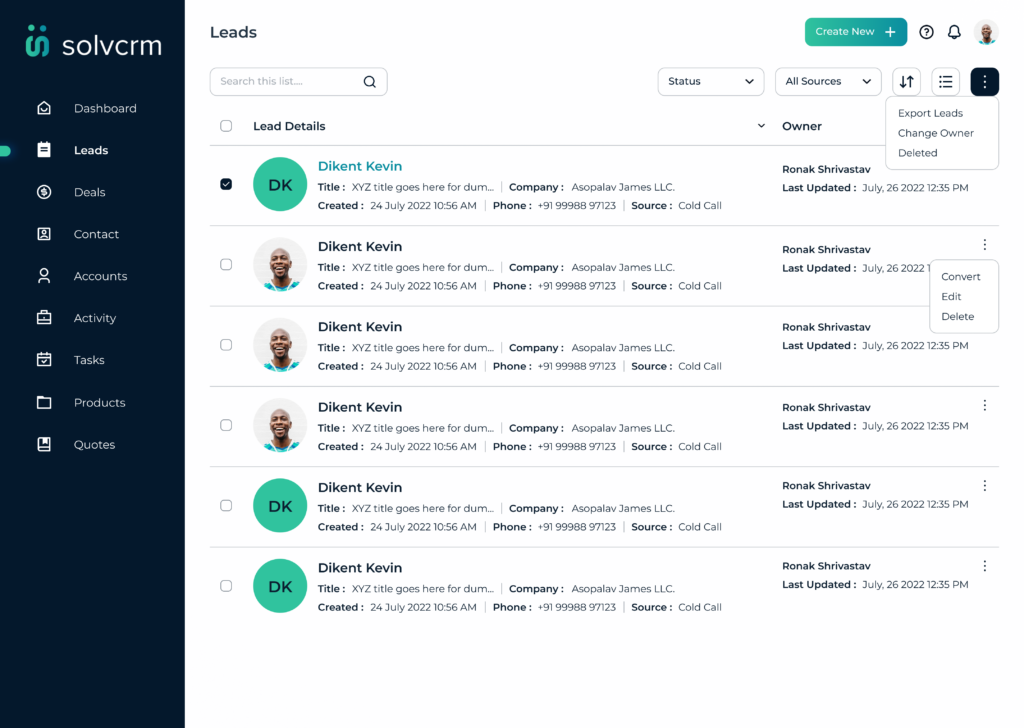
Real-world examples demonstrate the transformative power of CRM systems within agencies. These case studies highlight how strategic CRM implementation leads to improved efficiency, stronger client relationships, and ultimately, increased profitability. By examining these successes, agencies can gain valuable insights into best practices and potential return on investment.
Several agencies have showcased remarkable success by leveraging CRM systems effectively. These examples illustrate how a well-chosen and implemented CRM can significantly impact various aspects of an agency’s operations, from project management to client retention. The following examples showcase tangible results achieved through focused CRM utilization.
Agency A: Improved Project Management and Client Communication
Agency A, a mid-sized marketing agency specializing in social media campaigns, experienced significant improvements in project management and client communication after implementing a CRM system. Previously, they relied on spreadsheets and email chains, leading to missed deadlines, inconsistent communication, and difficulties tracking progress. The CRM provided a centralized platform for managing projects, tasks, and deadlines, allowing for better team collaboration and enhanced client communication.
This resulted in a 15% reduction in project completion times and a 10% increase in client satisfaction scores, as measured through post-project surveys. The improved efficiency also freed up team members to focus on higher-value tasks, contributing to overall productivity gains.
Agency B: Enhanced Client Retention and Upselling Opportunities
Agency B, a digital design agency, used CRM to cultivate stronger client relationships and identify upselling opportunities. By meticulously tracking client interactions, project history, and preferences within the CRM, they were able to personalize communication and proactively address client needs. This led to a 20% increase in client retention rates over a two-year period. Furthermore, the CRM’s reporting capabilities allowed them to identify clients who were suitable for upselling additional services, resulting in a 12% increase in revenue from existing clients.
This strategic use of CRM data transformed their approach to client management from reactive to proactive.
Agency C: Streamlined Sales Process and Lead Conversion
Agency C, a public relations agency, used a CRM system to streamline their sales process and improve lead conversion rates. The CRM enabled them to track leads from initial contact through the entire sales cycle, providing valuable insights into lead behavior and engagement. This data-driven approach allowed them to personalize their outreach efforts and tailor their sales pitches to individual client needs.
As a result, Agency C experienced a 25% increase in lead conversion rates within six months of implementing their CRM system. The ability to quickly access and analyze key data points within the CRM proved crucial in optimizing their sales strategy.
Key Takeaways from Agency Case Studies
The following points summarize the key lessons learned from the successful CRM implementations described above. These insights can guide other agencies in their own CRM selection and implementation processes.
- A centralized platform significantly improves project management and team collaboration.
- Tracking client interactions enhances communication and strengthens client relationships.
- Data-driven insights from CRM systems enable proactive client management and identify upselling opportunities.
- Streamlining the sales process through CRM leads to improved lead conversion rates.
- Measurable results, such as increased revenue, improved project timelines, and higher client satisfaction, demonstrate the ROI of CRM implementation.
Future Trends in Agency CRM
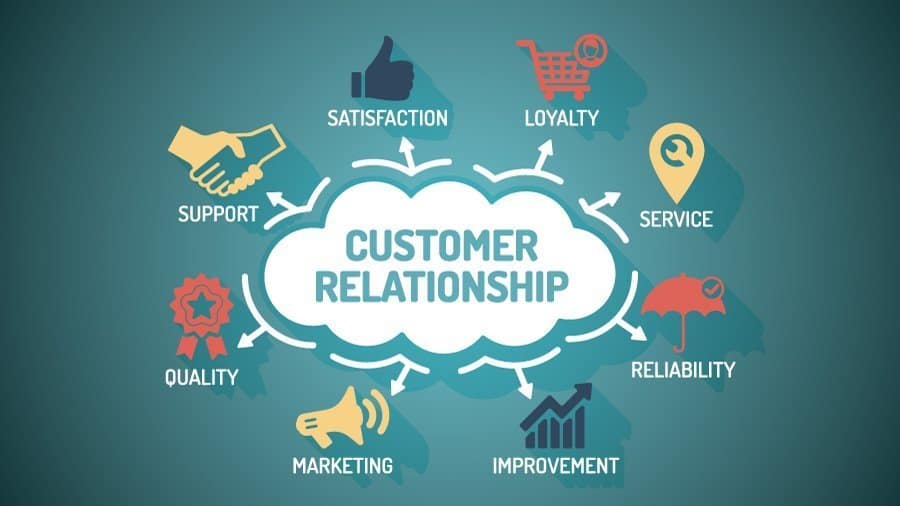
The agency landscape is rapidly evolving, driven by technological advancements and changing client expectations. To stay competitive, agencies need CRM systems that are not only efficient today but also adaptable to the future. This section explores the key trends shaping the future of agency CRMs, focusing on the transformative impact of AI, emerging integrations, and predictions for future features.
AI and Machine Learning in Agency CRM
AI and machine learning are poised to revolutionize agency CRM. These technologies can automate repetitive tasks, such as lead qualification and data entry, freeing up agency staff to focus on higher-value activities like client relationship building and strategic planning. Furthermore, AI-powered predictive analytics can provide valuable insights into client behavior, allowing agencies to anticipate needs and personalize their services more effectively.
For instance, a CRM system could predict client churn based on engagement patterns and automatically flag at-risk accounts for proactive intervention. Machine learning algorithms can also personalize marketing campaigns by identifying the most responsive segments within a client base, leading to improved conversion rates and increased ROI. This level of automation and predictive capability will be crucial for agencies seeking to improve efficiency and client satisfaction.
Emerging Trends in CRM Integration
Modern agencies utilize a multitude of marketing and sales technologies. Seamless integration between the CRM and these other platforms is becoming increasingly critical. We are seeing a growing trend towards integrated ecosystems where data flows freely between the CRM, marketing automation platforms, project management tools, and social media listening tools. For example, a unified platform could allow agencies to track campaign performance in real-time, automatically update client records with relevant engagement data, and streamline workflows across different departments.
This integration eliminates data silos and provides a single source of truth for all client-related information, enhancing collaboration and improving decision-making.
Predictions for Future Agency CRM Software
Future agency CRMs will likely feature enhanced personalization capabilities, driven by AI-powered insights. Expect to see more sophisticated reporting and analytics dashboards that provide a clear, concise overview of agency performance and client relationships. Furthermore, the increasing demand for cross-platform collaboration will drive the development of more robust API integrations, allowing for seamless data exchange with a wider range of third-party applications.
We can also anticipate greater emphasis on mobile accessibility and user-friendly interfaces, designed to optimize workflow and productivity for agency teams on the go. Finally, enhanced security features will be paramount, addressing the growing concerns around data privacy and compliance.
An Ideal “Future-Proof” Agency CRM
An ideal “future-proof” agency CRM would be a highly adaptable, AI-powered platform offering seamless integration with all essential agency tools. It would provide real-time insights into client behavior and campaign performance, enabling proactive client management and data-driven decision-making. The user interface would be intuitive and mobile-friendly, allowing for seamless access and collaboration across teams. This system would also prioritize data security and compliance, ensuring the protection of sensitive client information.
Imagine a system that not only manages client data but also proactively suggests improvements to campaigns based on AI-driven analysis of performance data, automatically schedules client meetings based on engagement levels, and even assists in generating personalized client reports with a single click. This level of automation and intelligent support would significantly boost agency productivity and allow teams to focus on strategic initiatives and building stronger client relationships.
Last Point
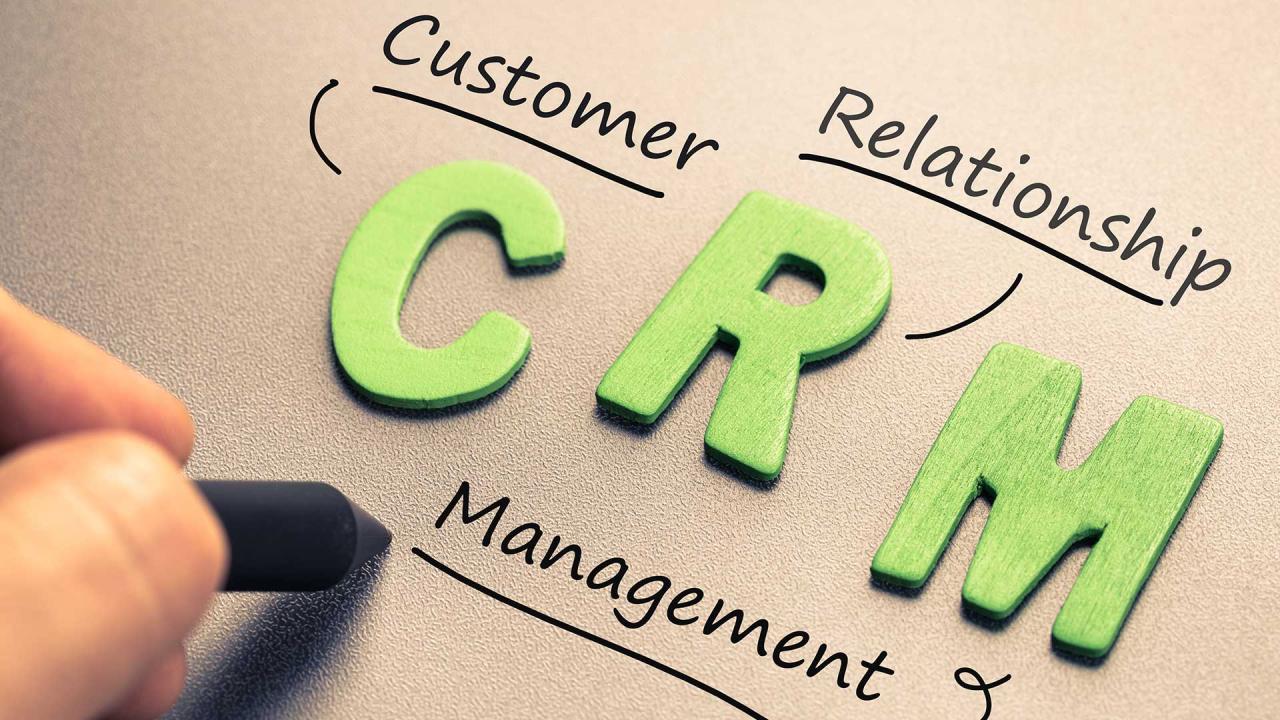
Selecting the best CRM for your agency is a strategic decision that directly impacts your operational efficiency and client relationships. By carefully considering the factors discussed—from essential features and pricing models to implementation strategies and future trends—agencies can empower themselves to improve productivity, enhance client satisfaction, and drive sustainable growth. Remember to prioritize scalability, integration capabilities, and a user-friendly interface to maximize the return on your CRM investment.
Question Bank
What is the average cost of a CRM for an agency?
Costs vary widely depending on the platform, features, and number of users. Expect to pay anywhere from a few hundred dollars per month to several thousand, depending on your needs.
How long does it typically take to implement a new CRM?
Implementation timeframes range from a few weeks to several months, depending on the complexity of the system, data migration requirements, and staff training needs.
Can I integrate my CRM with existing software?
Most reputable CRM platforms offer robust integration capabilities with various business tools, including marketing automation, project management, and accounting software. Check for specific API integrations before committing to a platform.
What are the key metrics to track after implementing a CRM?
Key metrics include client acquisition cost, client retention rate, deal closure rate, project completion time, and overall customer satisfaction.

